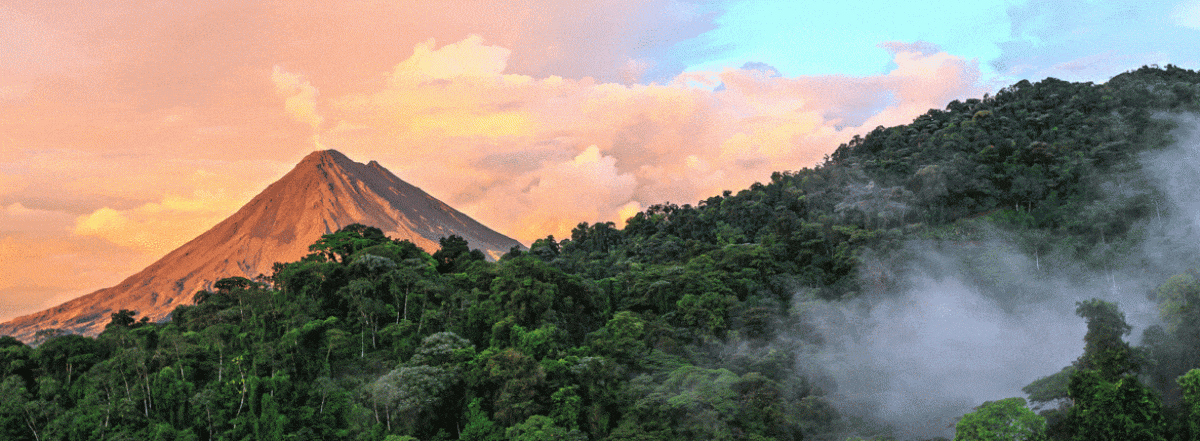In the previous days here in Costa Rica, we were able to explore many of the healthcare services provided to the people in Costa Rica, alongside the structure of the actual healthcare system including the three levels of healthcare. For example, the first and third days we explored the women’s hospital and the country’s national hospital respectively, which belong to the tertiary level of healthcare where more concentrated services are provided for much more serious cases with specialized surgeries and care available for the patients. On the fourth day, we also were able to explore the primary level care that could be provided to the people of Costa Rica, including the work of the ATAP workers from the local clinic and see how they went from house to house throughout the day in a neighborhood to ensure that all the people were receiving their deserved care and were staying up to date with their vaccines and overall health.
Today we followed similar ATAP workers, Jessica Lopez, Olger Diez, Majorie Carmona Salazar, Marcela Solano and Ana Yanci Ulate, and went from house to house to not only see the types of services they provide, but to also witness the lives of several Costa Rican people and their reliance on the healthcare system. We were able to witness people from different socioeconomic statuses being treated and taken care of by the ATAPs.
In the morning we went to the local clinic at Tilaran and met with nurses who talked and showed us the numerous vaccines they administered. It was fascinating to see that many of their doses of vaccines administered to the people could have up to five vaccines for five diseases called a pentaxim. The pentaxim had vaccines for polio, pertussis, diphtheria, tetanus, and flu. They store the vaccines in a cooler that maintained the temperature between 2 to 8 degree Celsius. After learning about the vaccines, we donated a wheelchair to an old lady who recently lost her leg which was such an overwhelming experience.
Once we visited the clinic, we alongside the ATAP workers, traveled to several families from different socioeconomic statuses including people living under extreme poverty to people living quite comfortably from the United States settled in Costa Rica who were all covered and treated by the Caja, including all their costs for treatment and medication. One of the families that really stood out to me was a small family with a pair of twins, one of which suffered from anencephaly. The family was relocated to a different location after a flash flood. Their house was demolished during the flood which took place in the middle of the night. Their story is truly amazing. During the flood, the whole family was asleep, with no light at all, it was pitch dark. They could not see anything at all, all they could do was hear the roaring water of the stream. During the flash flood one of the brother carried the other brother on his shoulders in only their underwear to safety. Their story was truly inspiring and touching. When I observed their house, even though the house was small and not so luxurious, they had wonderful and new appliances, and all the necessities. Their house as decorated beautifully by cross stitch work done by the mother and we learned that one of the brothers was obsessed with soccer.
After leaving that family, we left with the ATAP workers to a different house whose residents were much higher on the socioeconomic scale. The man, Han, was from the United States and had settled in Costa Rica many years ago and lives with his wife and son. He told us stories about his diseases and injuries. He suffered from cardiac arrest two years ago and continue to suffer from heart issues, but he said the Caja was amazing at taking care of him. We witnessed how the ATAP workers checked their blood pressures and provided them the proper medication, all covered by the Caja as Han pays about eighteen thousand colons per month which is about $33 per month for the complete household. However, when he got in an accident and got injured, the car insurance of the driver was not under the Caja, and so he received attention from completely different hospital and system. He was not tested properly till after two weeks and found that he had fractured his spine and tibia. This shows how efficient the Caja is in Costa Rica and how people of different socioeconomic status really rely on it.
There was so much we learned not only about the actual healthcare system, but also about the diverse socioeconomic statuses and everyone’s dependence on the Caja system. It was truly amazing and awe inspiring. There are truly several things we can learn from Costa Rica’s healthcare system and try to apply them to our own system in the United States, particularly the maternal care and the neonatal health which is part of my research. The emphasis in prevention and pregnant women’s health really makes Costa Rica really different from the Unit

It sounds like Han was required to go to the other system because of the other driver’s auto insurance. Is that correct? Seems such an unnecessary interference in the patient’s ability to choose care.